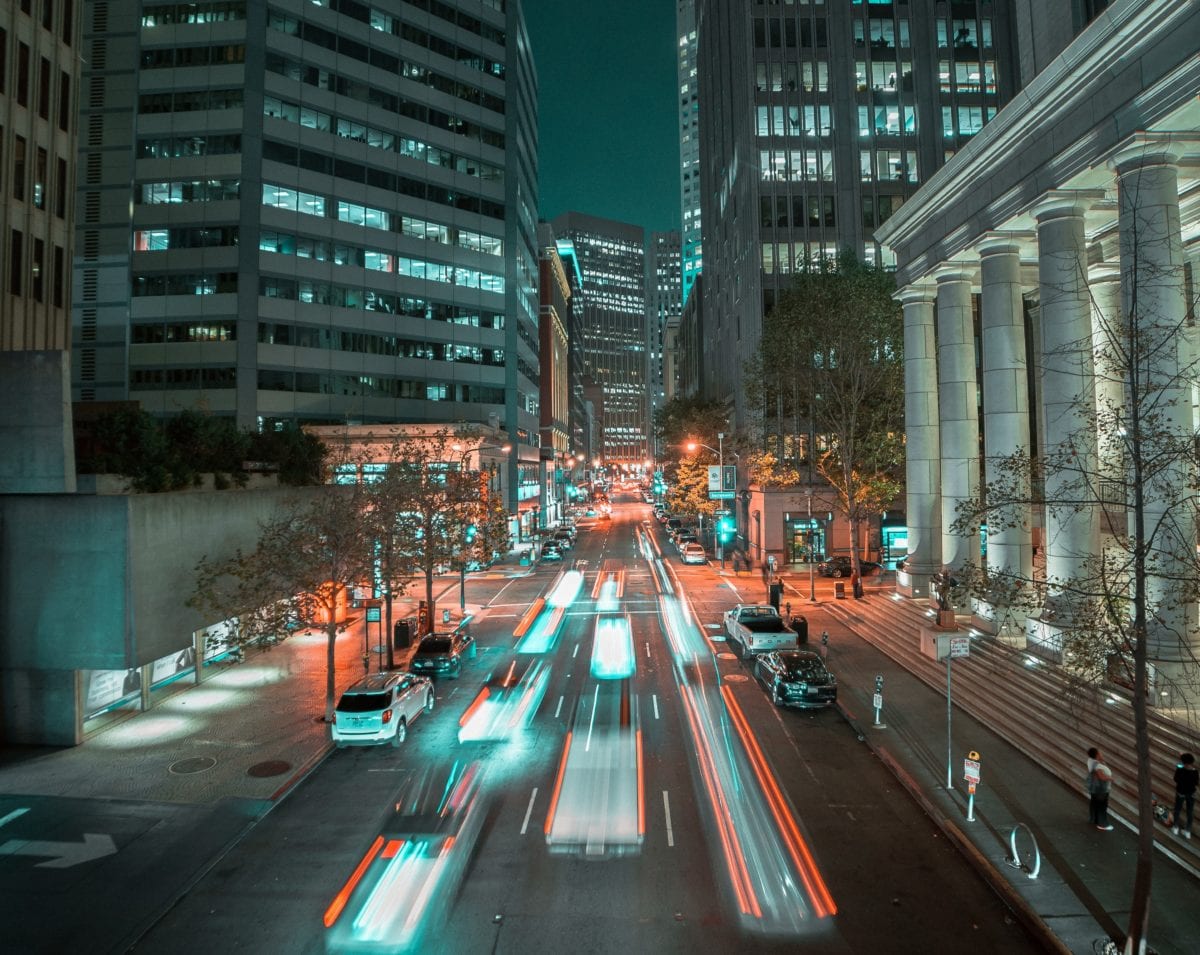The novel coronavirus has spurred an economic shutdown across the globe. As businesses slowly begin to reopen, there is much uncertainly as to how our economy will respond and if the United States is headed towards a recession.
It can be difficult to remain calm when a recession hits, but history shows brands that continue advertising and marketing during a recession come out stronger in the end. Numerous studies that go back decades point out the advantages of maintaining and even increasing advertising budgets during an economic slowdown. Companies that maintained or grew their ad spending saw an increase in sales and market share during the recession as well as afterwards.
Cereal
During the Great Depression, Post cereal (the industry leader in the 1920s) significantly cut its advertising budget while Kellogg’s cereal doubled its advertising spend. Kellogg’s invested heavily in radio advertising and introduced a new cereal called Rise Krispies, featuring the “Snap” “Crackle” and “Pop” campaign. Kellogg’s profits skyrocketed by 30% and secured the company as the new dry cereal industry leader, a position they would hold for decades to come.
Automobiles
In 1973, America experienced a 17-month recession brought on by the energy crisis. When the U.S. government issued its first miles-per-gallon report, Toyota Corolla ranked second to Honda Civic in fuel efficiency. With Toyota already experiencing strong sales, the impulse was to cut advertising spend when the recession hit. Instead, the company resisted this urge and stuck to its long-term advertising strategy. As a result, by 1976, Toyota surpassed Volkswagen as the top imported car manufacturer in the U.S.
Fast Food Restaurants
During the 1990-91 recession, McDonald’s dropped its advertising and promotion budget while Pizza Hut and Taco Bell took advantage of this decision by ramping up their advertising spend. As a result, Pizza Hut increased sales by 61%, Taco Bell grew sales by 40%, and McDonald’s sales decreased by 28%.
“Rather than wait for business to return to normal, top executives should cash in on the opportunity that the rival companies are creating for them. The company courageous enough to stay in and fight when everyone else is playing safe can bring about a dramatic change in market position.” – Dhalla, Harvard Business Review.
Common misconceptions for cutting advertising in a recession
- Advertising would be wasted because people do not have money.
- Competitors are slashing ad spending, so we should do the same.
- Money saved on ad spend can help pay dividends.
Reasons to advertise during an economic slowdown
- The ‘noise level’ in a brand’s industry can significantly drop when other competitors cut back on their advertising spend.
- Continuing to keep your brand in front of consumers gives the sense of company stability during difficult times.
- The cost of advertising drops during a recession which creates a ‘buyer’s market’ for businesses.
During an economic downturn, the best course of action is to protect your brand’s investment. To do so, businesses must safeguard the equity accrued through their marketing and advertising efforts. If companies slash their advertising budget and go dark during a recession period, the cost to regain a share of voice in the market once the economy recovers may cost much more than the ad budget cuts initially saved.








